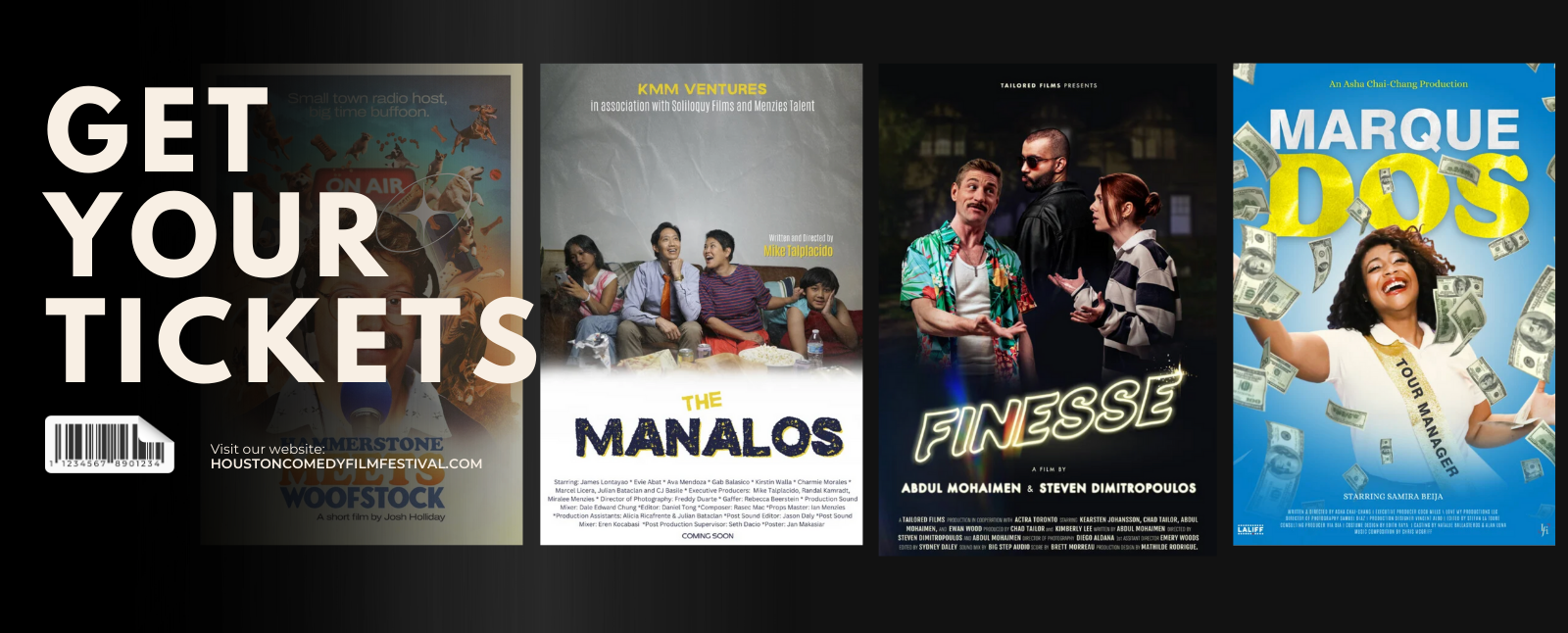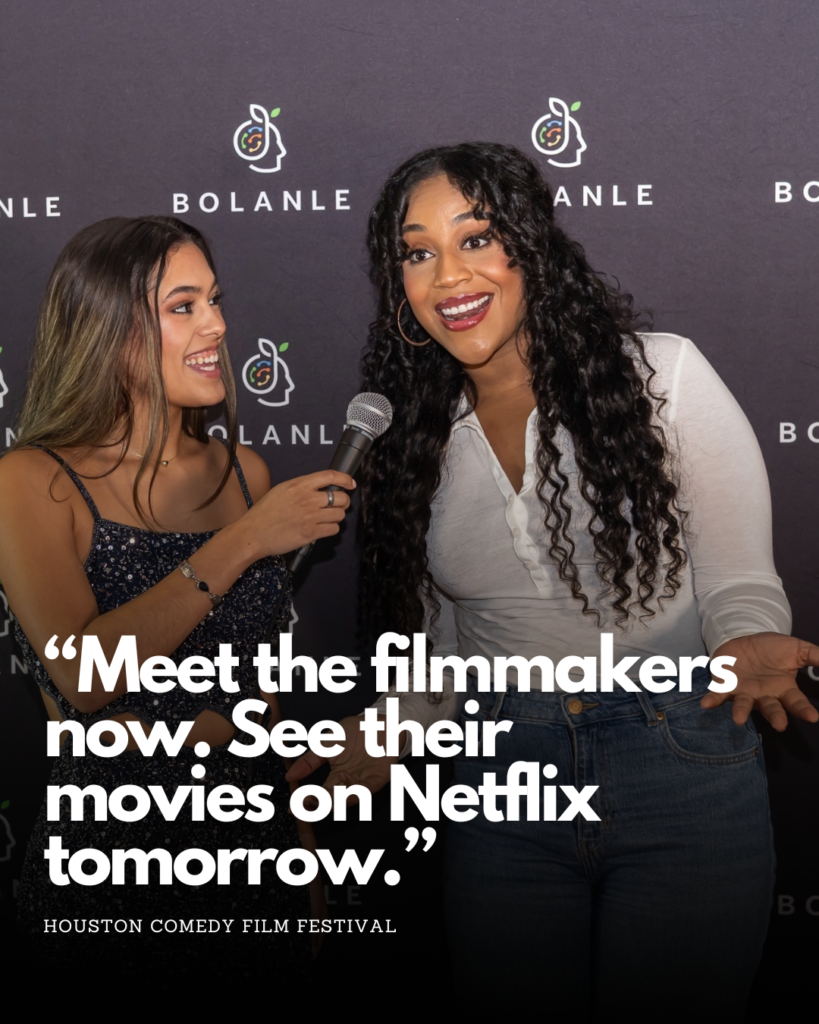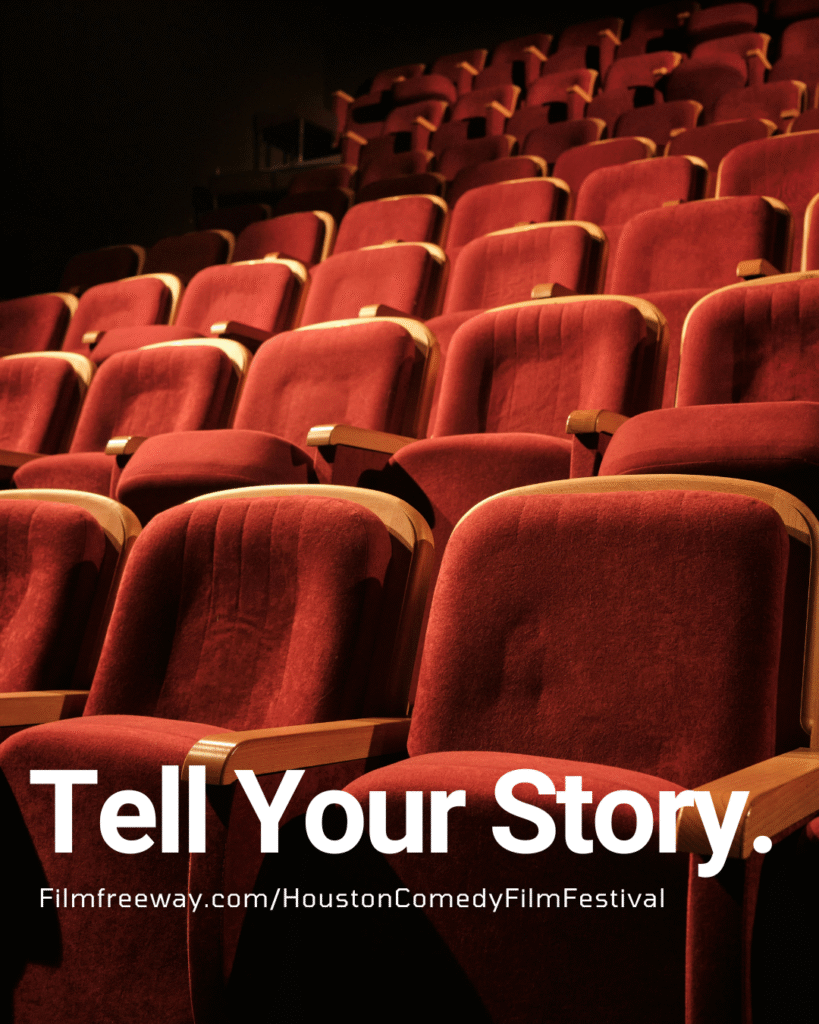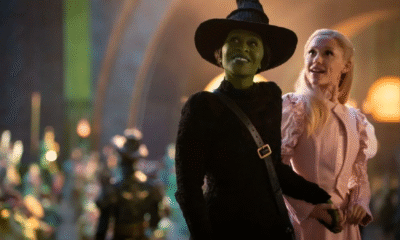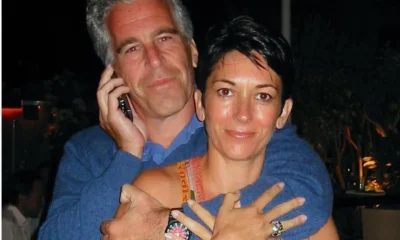Entertainment
Aaron Rodgers Undergoes Surgery After Season-Ending Injury on September 15, 2023 at 2:53 am Us Weekly
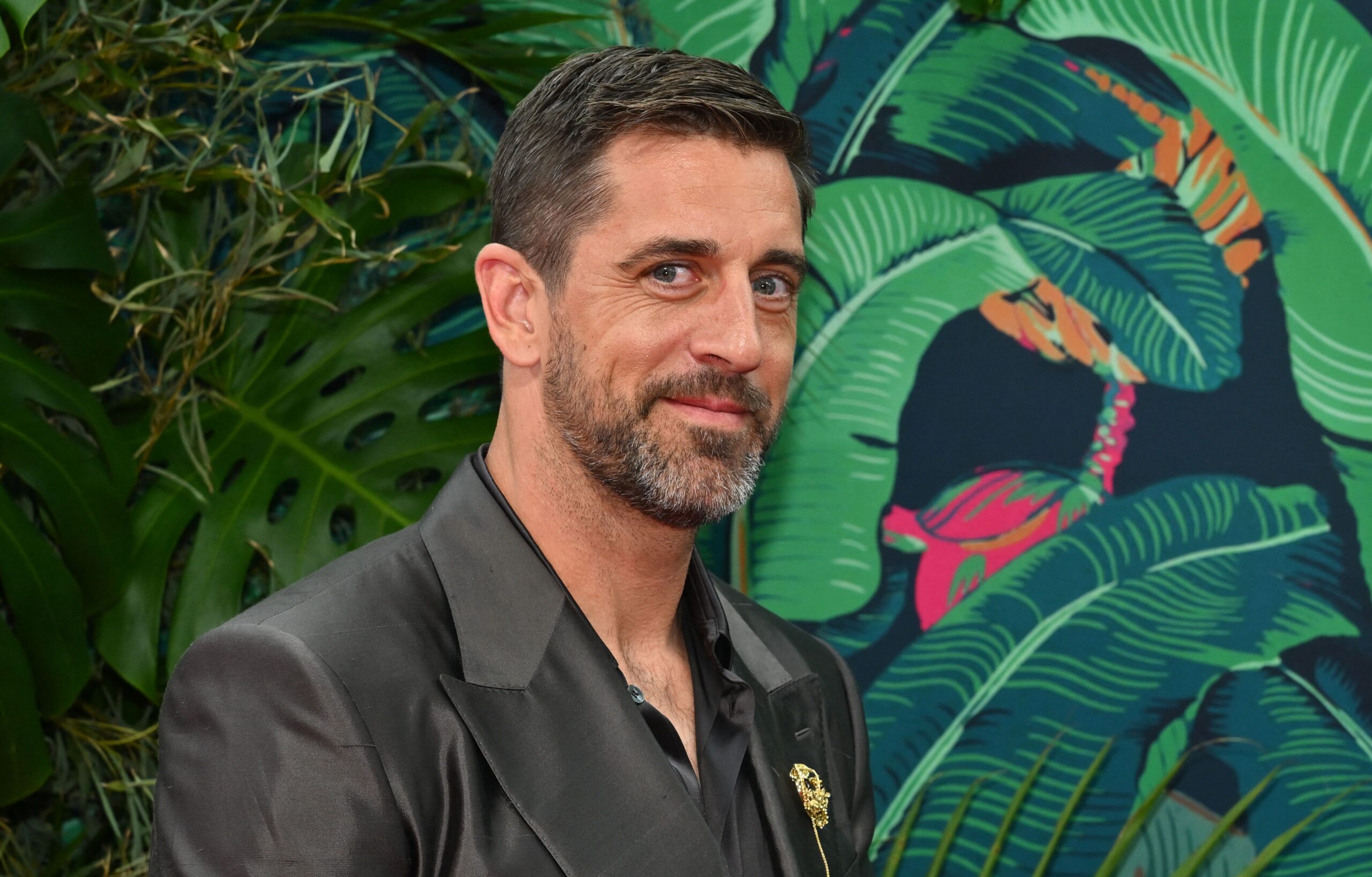
ANGELA WEISS/AFP via Getty Images
Aaron Rodgers is feeling optimistic after undergoing surgery for his torn Achilles.
“Surgery went great yesterday. Thank you for all the love and prayers and support,” Rodgers, 39, wrote via his Instagram Story on Thursday, September 14, alongside a photo of himself in a hospital bed. “And thanks to the GOAT Dr ElAttrache and his staff for starting me on the road to recovery.”
Rodgers was removed from the field after suffering the injury on Monday, September 11, during his debut game as quarterback for the New York Jets. While Rodgers was being attended to by medical staff, head coach Robert Saleh addressed the health issue.
“[We’re] concerned with his Achilles. MRI’s probably going to confirm what we think is already going to happen with his Achilles, so prayers tonight. But, it’s not good,” he told reporters during a postgame news conference, per CNN.
The injury required an MRI, which confirmed that the athlete wouldn’t be able to return to the game this season. “An MRI confirmed today that Aaron Rodgers officially tore his Achilles on the fourth play of his Jets’ career. Rodgers’ season now, officially, is over. There already are questions about whether his Hall-of-Fame career is, too,” ESPN reporter Adam Schefter tweeted on Tuesday, September 12, about Rodgers’ future with the team.
Rodgers later addressed the injury via Instagram, telling fans he was “completely heartbroken” to be out for the season but “humbled” by all the support.
Courtesy of Aaron Rodgers/Instagram
“Thank you to every person that has reached out, called, texted, DM’d, connected through a friend, etc. It has meant a ton to me, and I’ll try and get back to all of you soon ,” he wrote via Instagram. “I’m completely heartbroken and moving through all of the emotions, but deeply touched and humbled by the support and love. ”
Rodgers was traded to the Jets from the Green Bay Packers in April. The athlete played for the Wisconsin-based team for the first 18 seasons of his NFL career. Two months after signing with the Jets, Rodgers reportedly took a pay cut, with ESPN claiming he signed a restructured two-year contract with his new team that guaranteed him a $75 million paycheck for 2023 and 2024, which is $35 million less than his former deal.
Prior to Monday’s Jets vs. Bills showdown, Rodgers spoke about the importance of manifesting and speaking what one wishes to see into existence.
“I visualize [winning the Super Bowl] all the time,” Rodgers said recently, per The Athletic. “That’s part of training your mind and being intentional with your words about the manifestation of those thoughts and goals and dreams into reality. You first have to have that belief. I believe strongly in that. That’s why we talk about it, we don’t shy away from it.”
ANGELA WEISS/AFP via Getty Images Aaron Rodgers is feeling optimistic after undergoing surgery for his torn Achilles. “Surgery went great yesterday. Thank you for all the love and prayers and support,” Rodgers, 39, wrote via his Instagram Story on Thursday, September 14, alongside a photo of himself in a hospital bed. “And thanks to the
Us Weekly Read More
Entertainment
What We Can Learn Inside 50 Cent’s Explosive Diddy Documentary: 5 Reasons You Should Watch

50 Cent’s new Netflix docuseries about Sean “Diddy” Combs is more than a headline-grabbing exposé; it is a meticulous breakdown of how power, celebrity, and silence can collide in the entertainment industry.
Across its episodes, the series traces Diddy’s rise, the allegations that followed him for years, and the shocking footage and testimonies now forcing a wider cultural reckoning.

1. It Chronicles Diddy’s Rise and Fall – And How Power Warps Reality
The docuseries follows Combs from hitmaker and business icon to a figure facing serious criminal conviction and public disgrace, mapping out decades of influence, branding, and behind-the-scenes behavior. Watching that arc shows how money, fame, and industry relationships can shield someone from scrutiny and delay accountability, even as disturbing accusations accumulate.

2. Never-Before-Seen Footage Shows How Narratives Are Managed
Exclusive footage of Diddy in private settings and in the tense days around his legal troubles reveals how carefully celebrity narratives are shaped, even in crisis.
Viewers can learn to question polished statements and recognize that what looks spontaneous in public is often the result of strategy, damage control, and legal calculation.
3. Survivors’ Stories Highlight Patterns of Abuse and Silence
Interviews with alleged victims, former staff, and industry insiders describe patterns of control, fear, and emotional or physical harm that were long whispered about but rarely aired in this detail. Their stories underline how difficult it is to speak out against a powerful figure, teaching viewers why many survivors delay disclosure and why consistent patterns across multiple accounts matter.
4. 50 Cent’s Approach Shows Storytelling as a Tool for Accountability
As executive producer, 50 Cent uses his reputation and platform to push a project that leans into uncomfortable truths rather than protecting industry relationships. The series demonstrates how documentary storytelling can challenge established power structures, elevate marginalized voices, and pressure institutions to respond when traditional systems have failed.
5. The Cultural Backlash Reveals How Society Handles Celebrity Accountability
Reactions to the doc—ranging from people calling it necessary and brave to others dismissing it as a vendetta or smear campaign—expose how emotionally invested audiences can be in defending or condemning a famous figure. Watching that debate unfold helps viewers see how fandom, nostalgia, and bias influence who is believed, and why conversations about “cancel culture” often mask deeper questions about justice and who is considered too powerful to fall.
Entertainment
South Park’s Christmas Episode Delivers the Antichrist
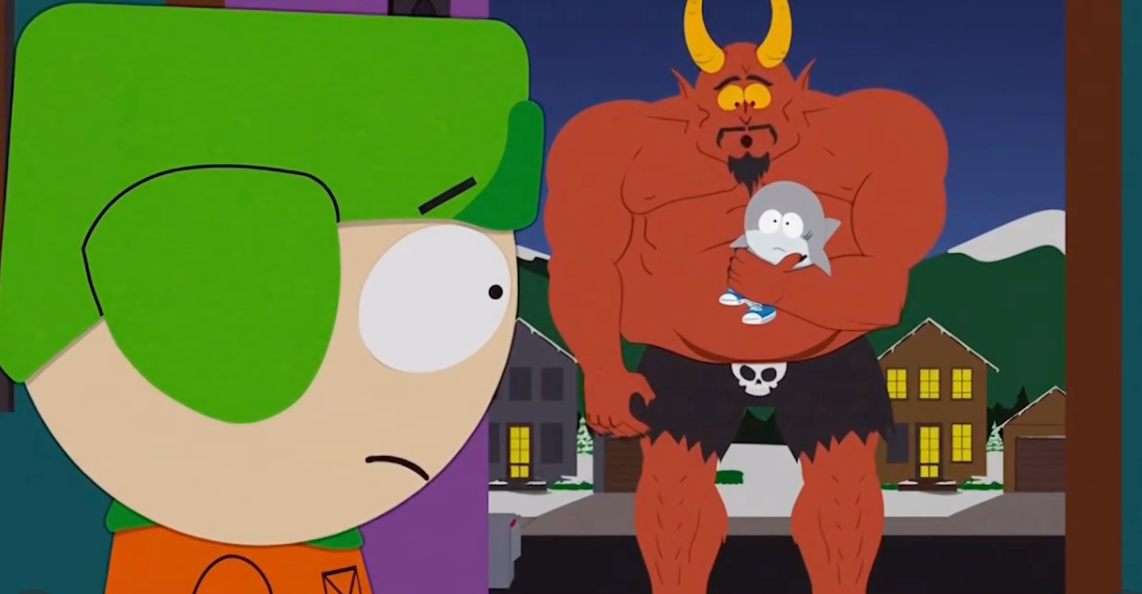
A new Christmas-themed episode of South Park is scheduled to air with a central plot in which Satan is depicted as preparing for the birth of an Antichrist figure. The premise extends a season-long narrative arc that has involved Satan, Donald Trump, and apocalyptic rhetoric, positioning this holiday episode as a culmination of those storylines rather than a stand‑alone concept.
Episode premise and season context
According to published synopses and entertainment coverage, the episode frames the Antichrist as part of a fictional storyline that blends religious symbolism with commentary on politics, media, and cultural fear. This follows earlier Season 28 episodes that introduced ideas about Trump fathering an Antichrist child and tech billionaire Peter Thiel obsessing over prophecy and end‑times narratives. The Christmas setting is presented as a contrast to the darker themes, reflecting the series’ pattern of pairing holiday imagery with controversial subject matter.
Public and political reactions
Coverage notes that some figures connected to Donald Trump’s political orbit have criticized the season’s portrayal of Trump and his allies, describing the show as relying on shock tactics rather than substantive critique. Commentators highlight that these objections are directed more at the depiction of real political figures and the show’s tone than at the specific theology of the Antichrist storyline.
At the time of reporting, there have not been widely reported, detailed statements from major religious leaders focused solely on this Christmas episode, though religion-focused criticism of South Park in general has a long history.
Media and cultural commentary
Entertainment outlets such as The Hollywood Reporter, Entertainment Weekly, Forbes, Slate, and USA Today describe the Antichrist arc as part of South Park’s ongoing use of Trump-era and tech-world politics as material for satire.
Viewer guidance and content advisory
South Park is rated TV‑MA and is intended for adult audiences due to strong language, explicit themes, and frequent use of religious and political satire. Viewers who are sensitive to depictions of Satan, the Antichrist, or parodies involving real political figures may find this episode particularly objectionable, while others may view it as consistent with the show’s long‑running approach to controversial topics. As with previous episodes, individual responses are likely to vary widely, and the episode is best understood as part of an ongoing satirical series rather than a factual or theological statement.
Entertainment
Sydney Sweeney Finally Confronts the Plastic Surgery Rumors

Sydney Sweeney has decided she is finished watching strangers on the internet treat her face like a forensic project. After years of side‑by‑side screenshots, “then vs now” TikToks, and long comment threads wondering what work she has supposedly had done, the actor is now addressing the plastic surgery rumors directly—and using them to say something larger about how women are looked at in Hollywood and online.

Growing Up on Camera vs. “Before and After” Culture
Sweeney points out that people are often mistaking normal changes for procedures: she grew up on camera, her roles now come with big‑budget glam teams, and her body has shifted as she has trained, aged, and worked nonstop. Yet every new red‑carpet photo gets folded into a narrative that assumes surgeons, not time, are responsible. Rather than walking through a checklist of what is “real,” she emphasizes how bizarre it is that internet detectives comb through pores, noses, and jawlines as if they are owed an explanation for every contour of a woman’s face.
The Real Problem Isn’t Her Face
By speaking up, Sweeney is redirecting the conversation away from her features and toward the culture that obsesses over them.
She argues that the real issue isn’t whether an actress has had work done, but why audiences feel so entitled to dissect her body as public property in the first place.
For her, the constant speculation is less about curiosity and more about control—another way to tell women what they should look like and punish them when they do not fit. In calling out that dynamic, Sweeney isn’t just defending herself; she is forcing fans and followers to ask why tearing apart someone else’s appearance has become such a popular form of entertainment.

 Entertainment2 weeks ago
Entertainment2 weeks agoWicked Sequel Disappoints Fans: Audience Verdict on For Good

 News4 weeks ago
News4 weeks agoYolanda Adams Questions Traditional Views on God’s Gender, Audience Reacts

 Entertainment2 weeks ago
Entertainment2 weeks agoAriana & Cynthia Say They’re in a ‘Non‑Demi Curious, Semi‑Binary’ Relationship… WTF Does That Even Mean?

 News3 weeks ago
News3 weeks agoEpstein Files to Be Declassified After Trump Order

 News4 weeks ago
News4 weeks agoTrump Throws Epstein Files at Clinton’s Door

 Entertainment4 weeks ago
Entertainment4 weeks agoAriana Grande’s Red Carpet: When Fans Forget Boundaries

 Entertainment4 weeks ago
Entertainment4 weeks agoHollywood’s Kiss or Miss Policy: Why Saying No Got Neal McDonough Blackballed

 Entertainment3 weeks ago
Entertainment3 weeks agoJimmy Cliff, Reggae Legend and Star of ‘The Harder They Come,’ Dies at 81

